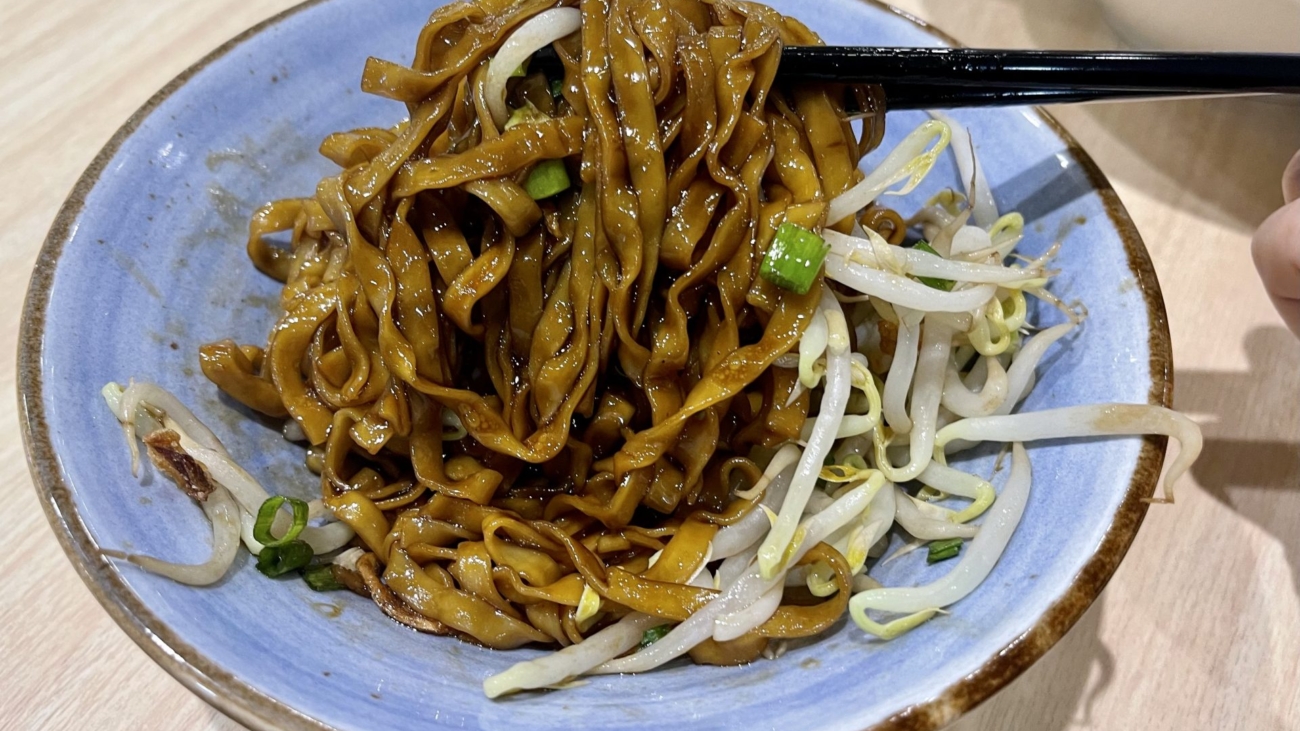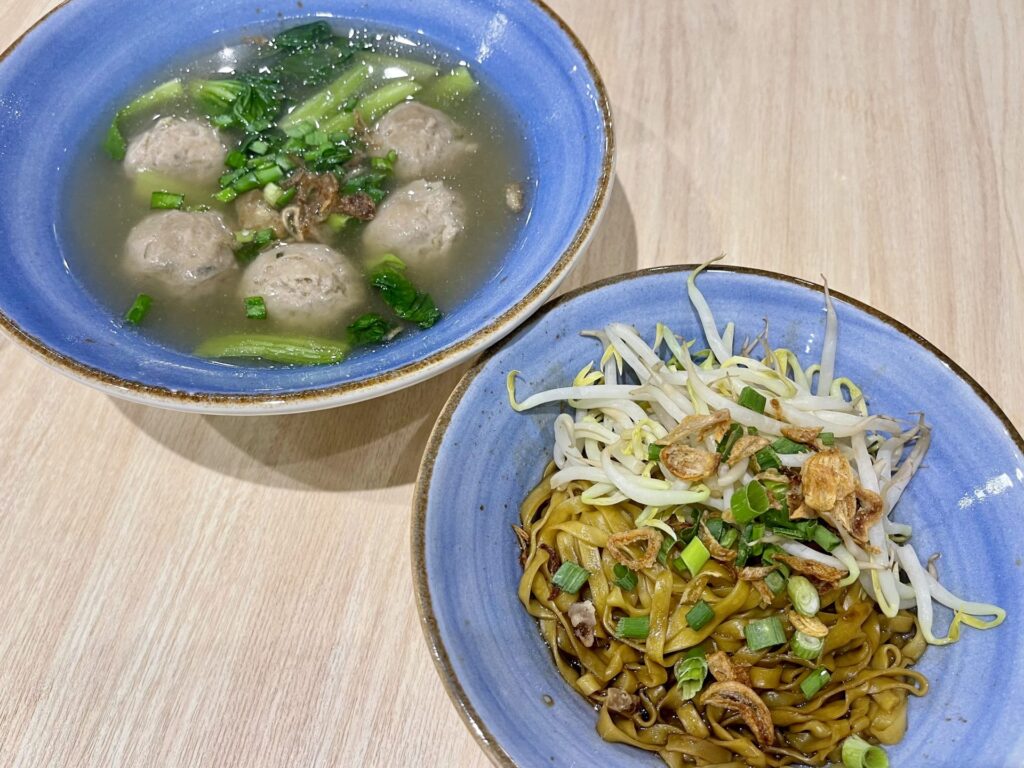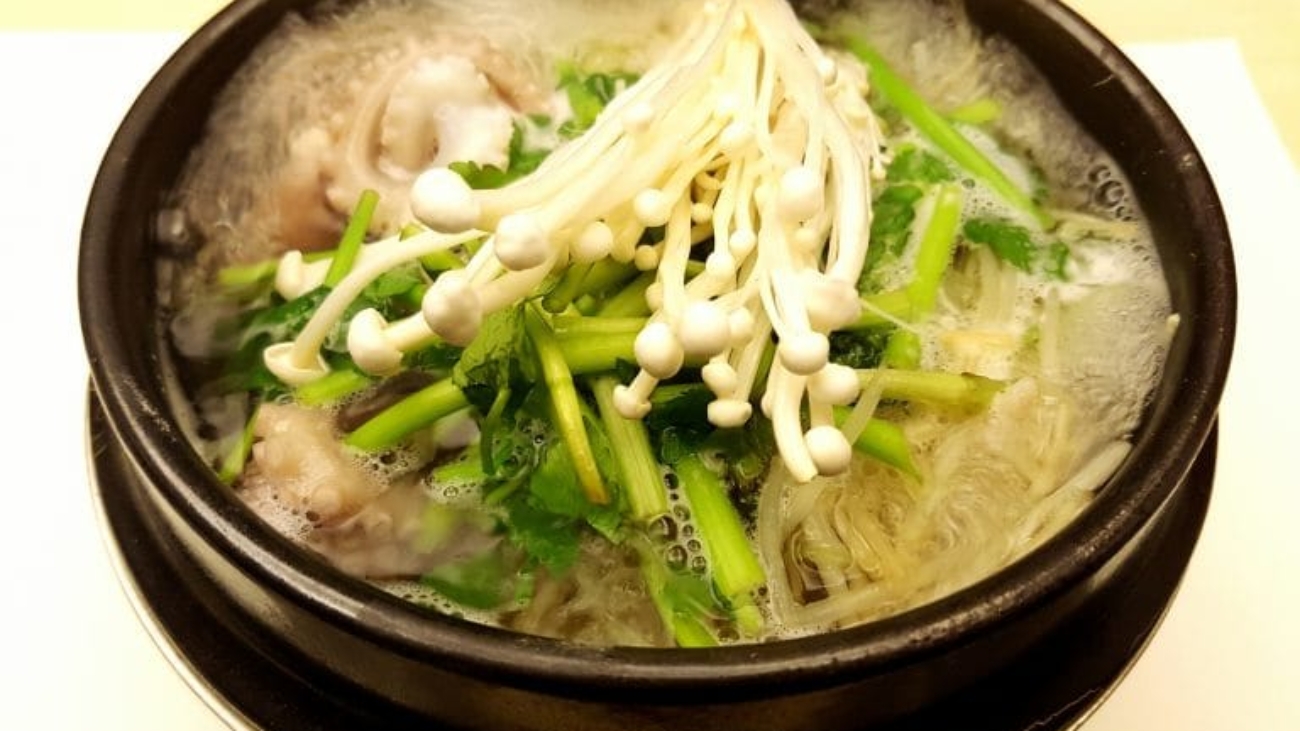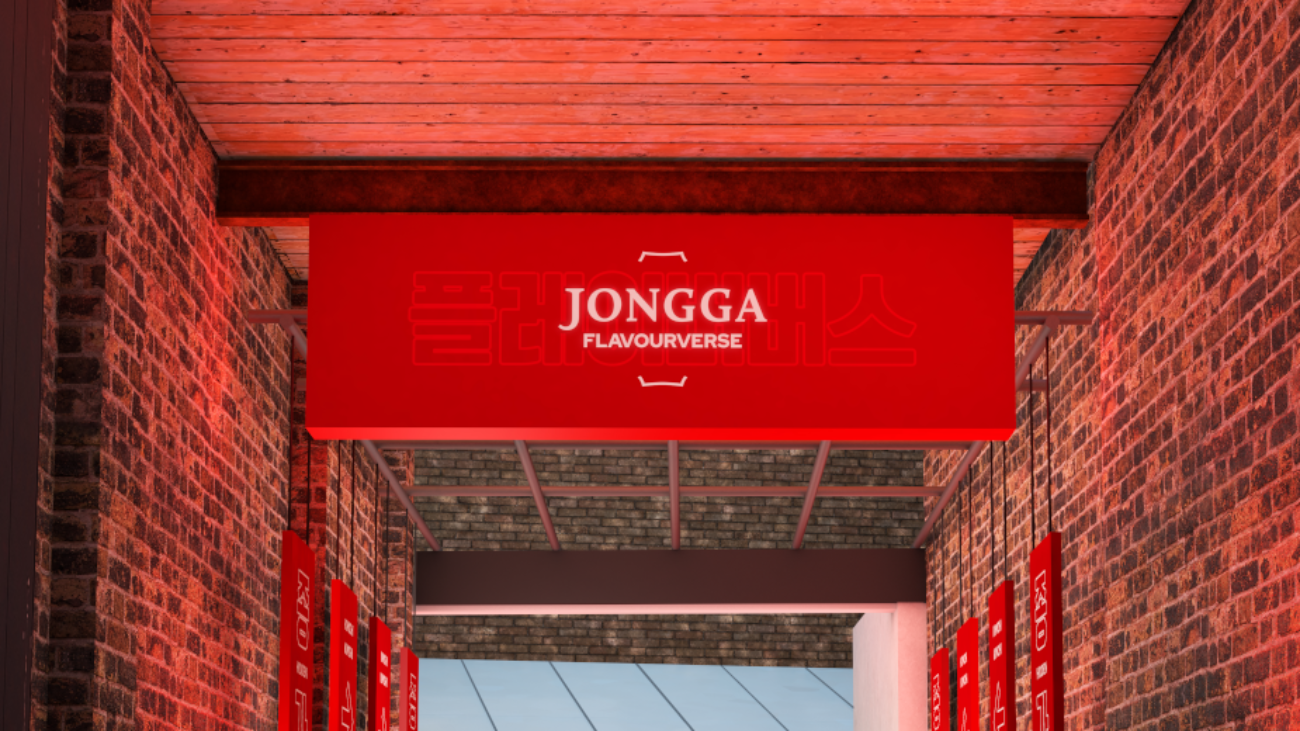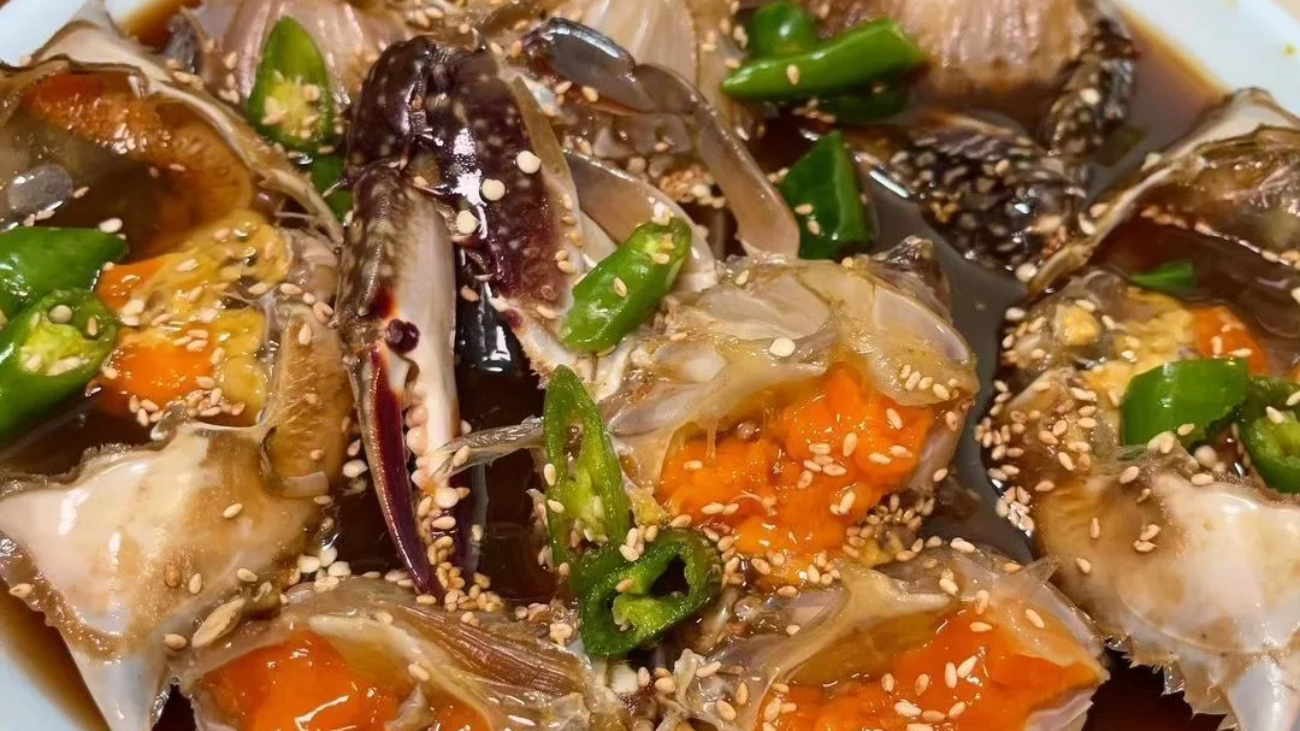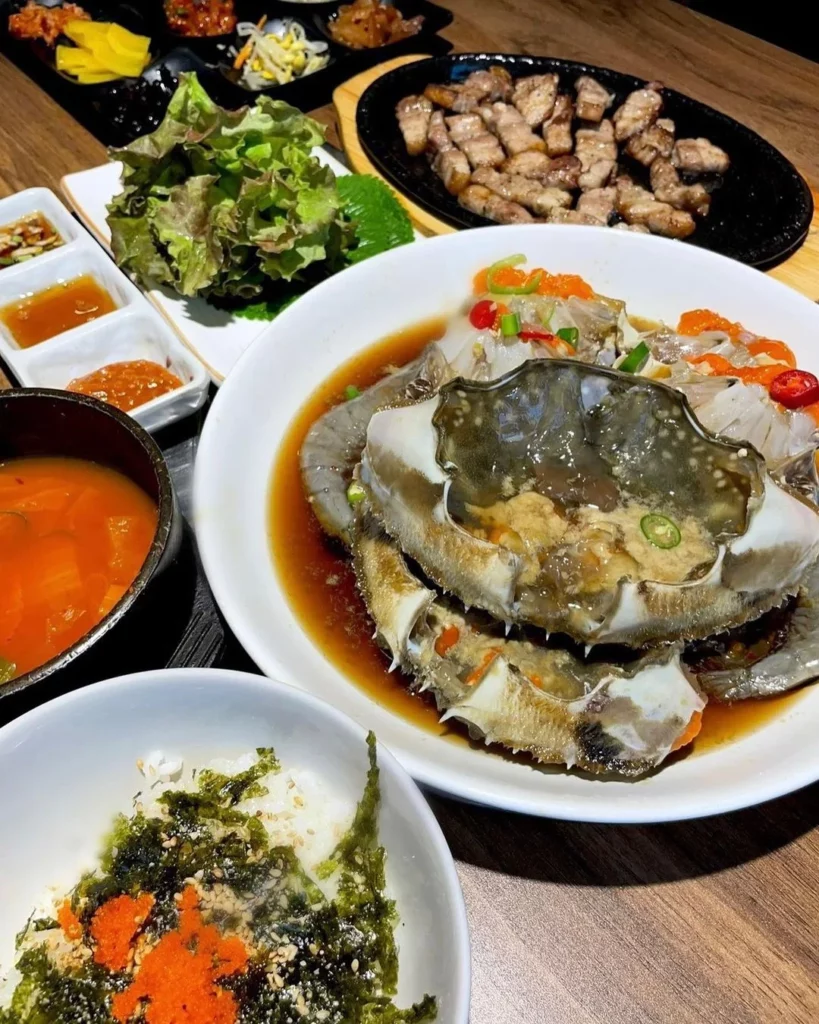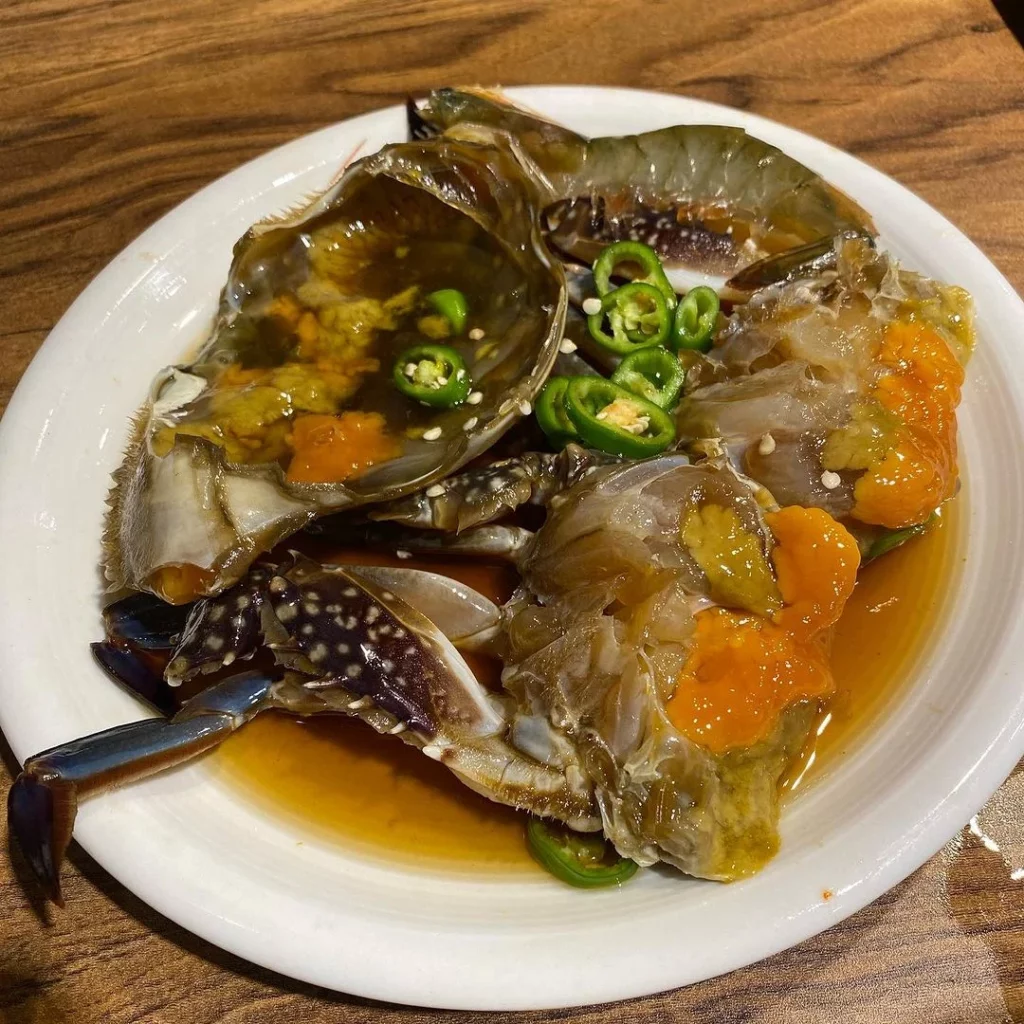Hey there, gaming pals! Time to spill the beans on the latest buzz from the League of Legends arena. Our main man, Carl ‘Rekkles’ Larsson, has made some serious waves with T1 Academy, bagging their first win of the season. And guess what? Rekkles threw in a curveball by switching things up!
T1 Academy’s Rocky Ride
So, the 2024 season hasn’t exactly been a walk in the park for T1 Academy and Rekkles. They kicked things off with a bit of a struggle, not grabbing a win in the first two weeks of LCK Challengers. Yep, T1 found themselves as the only team without a victory. Tough break!
Rekkles, the Underdog Hero
Hold your horses before pointing fingers at Rekkles. Despite the team facing some hurdles, our man Rekkles has been doing his thing in the support role. He’s rocking one of the highest KDAs in the league, and to top it off, he’s snatched the Player of the Game title multiple times. Now, that’s what I call bouncing back!
Turning the Tables Against DRX Challengers
Finally, a breakthrough for T1 Academy on January 29, 2024, facing off against DRX Challengers. In a nail-biting three-game series, T1 clinched the victory with a 2-1 score. It’s about time, right?
Rekkles Takes the Spotlight
Now, here’s where it gets spicy. Rekkles, our support star, threw everyone for a loop – he went back to his roots as an ADC (Attack Damage Carry). In the second game, he locked in Varus and teamed up with Sin ‘Smash’ Geum-jae on Rumble in the bot lane. Both players took on supportive roles, but Rekkles, being the ADC maestro, ended the game with the most CS (Creep Score) and stood as the main ranged AD threat on his squad. Sadly, T1 didn’t grab the win in that SLOTJARWO game, but it sure shook things up.
Rekkles MVP in the Decisive Match
Let’s talk about that sweet taste of victory. In the third and deciding game, Rekkles stole the show and snagged the MVP title. The win against DRX Challengers marked a turning point, proving that he isn’t just a support wizard – he’s a powerhouse in any role.
What’s Next for T1?
With 13 more matches in the league, T1 still has a bunch of opportunities to climb the ranks and aim for the Spring Playoffs. Rekkles might have faced a bumpy start in the South Korean league, but this win could be the spark that sets off a trail of success for the European legend in Asia.
In a Nutshell
Rekkles and T1 Academy’s journey has been a rollercoaster so far, and this recent win adds an exciting twist to the tale. As the season unfolds, keep your eyes peeled for the ever-evolving dynamics of T1 and their versatile star, Rekkles. Will we see more surprises, role swaps, and epic victories? Buckle up, League of Legends fans – the adventure is just getting started!



